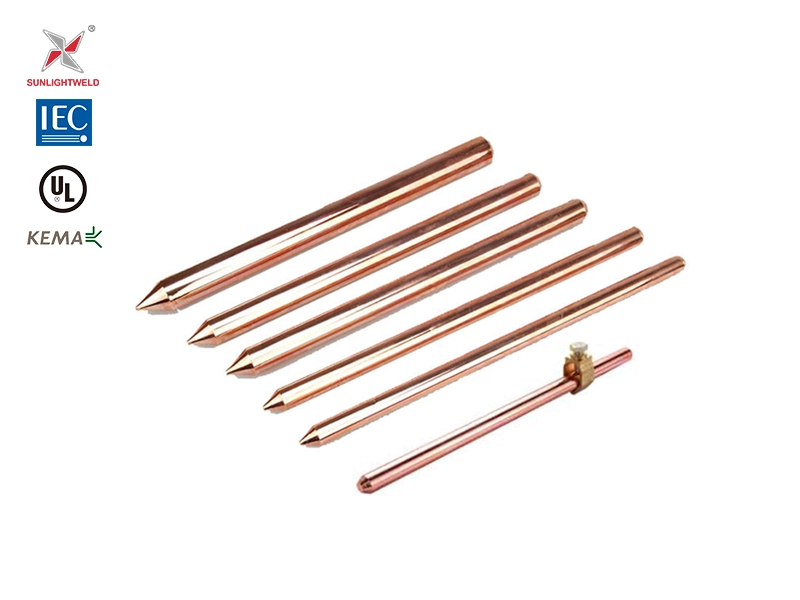In today's digital age, our eyes are constantly exposed to various sources of artificial light, particularly LED lights. With concerns about the potential harmful effects on eye health, it becomes crucial to understand which LED lights are best suited for our eyes. In this comprehensive guide, we will delve into the intricacies of LED lighting technology, explore the factors affecting eye health, and ultimately unveil the best LED lights for optimal eye comfort and well-being.
- Understanding LED Lighting Technology:
LED (Light Emitting Diode) lights have revolutionized the lighting industry with their energy efficiency, longevity, and versatility. Unlike traditional incandescent bulbs, LEDs emit light through a semiconductor, producing a more focused and directional illumination. This technology allows for a wide range of LED light options, each with unique characteristics that impact eye health. - Factors Affecting Eye Health:
a) Color Temperature: The color temperature of LED lights is measured in Kelvin (K) and determines the warmth or coolness of the light emitted. Lower color temperatures (2700K-3000K) produce warm, yellowish light resembling incandescent bulbs, while higher color temperatures (5000K-6500K) emit cooler, bluish light. Research suggests that cooler light may cause more eye strain and disrupt sleep patterns, making warmer LED lights preferable for eye health.
b) Blue Light Emission: LED lights emit a higher proportion of blue light compared to traditional lighting sources. Blue light has a shorter wavelength and higher energy, making it potentially more harmful to the eyes. Prolonged exposure to excessive blue light may contribute to digital eye strain, macular degeneration, and sleep disturbances. Opting for LED lights with lower blue light emission or utilizing blue light filters can help mitigate these risks.
c) Flicker-Free Technology: Some LED lights may exhibit flickering, which can lead to eye strain, headaches, and visual discomfort. Flickering occurs due to rapid fluctuations in light intensity. Choosing LED lights with flicker-free technology, such as those with high-quality drivers and dimmers, ensures a stable and consistent light output, reducing the risk of eye fatigue.
- Best LED Lights for Eye Health:
a) Warm White LED Lights: LED lights with a color temperature of 2700K-3000K provide a warm and soothing glow, resembling natural sunlight during the golden hours. These lights create a relaxing ambiance, minimizing eye strain and promoting a comfortable environment for various activities, including reading, relaxation, and socializing.
b) Dimmable LED Lights: Opting for dimmable LED lights allows for customizable lighting levels, adapting to different tasks and personal preferences. Dimming the lights reduces overall brightness, which can help alleviate eye strain, especially during nighttime or low-light conditions.
c) LED Lights with Blue Light Filters: Some LED lights are specifically designed with built-in blue light filters or coatings. These filters selectively reduce the amount of blue light emitted, providing a more eye-friendly illumination. Such lights are particularly beneficial for individuals who spend extended periods in front of screens or in environments with high blue light exposure.
Conclusion:
When it comes to choosing LED lights for optimal eye health, considering factors such as color temperature, blue light emission, and flicker-free technology is essential. By opting for warm white LED lights, dimmable options, or those with blue light filters, we can create a visually comfortable and eye-friendly environment. Prioritizing our eye health in the digital era ensures a brighter future for our vision and overall well-being.



More Stories
SENO Makes a Strong Debut in Major Authoritative U.S. Newspapers, Garnering International Endorsement for Its Industry Recognition!
Outdoor Inflatable Camping Tent Maintenance Tips
Safe, Stylish, and Magical: A Parent’s Guide to Choosing the Perfect Princess Dress Up Costume